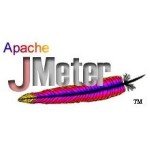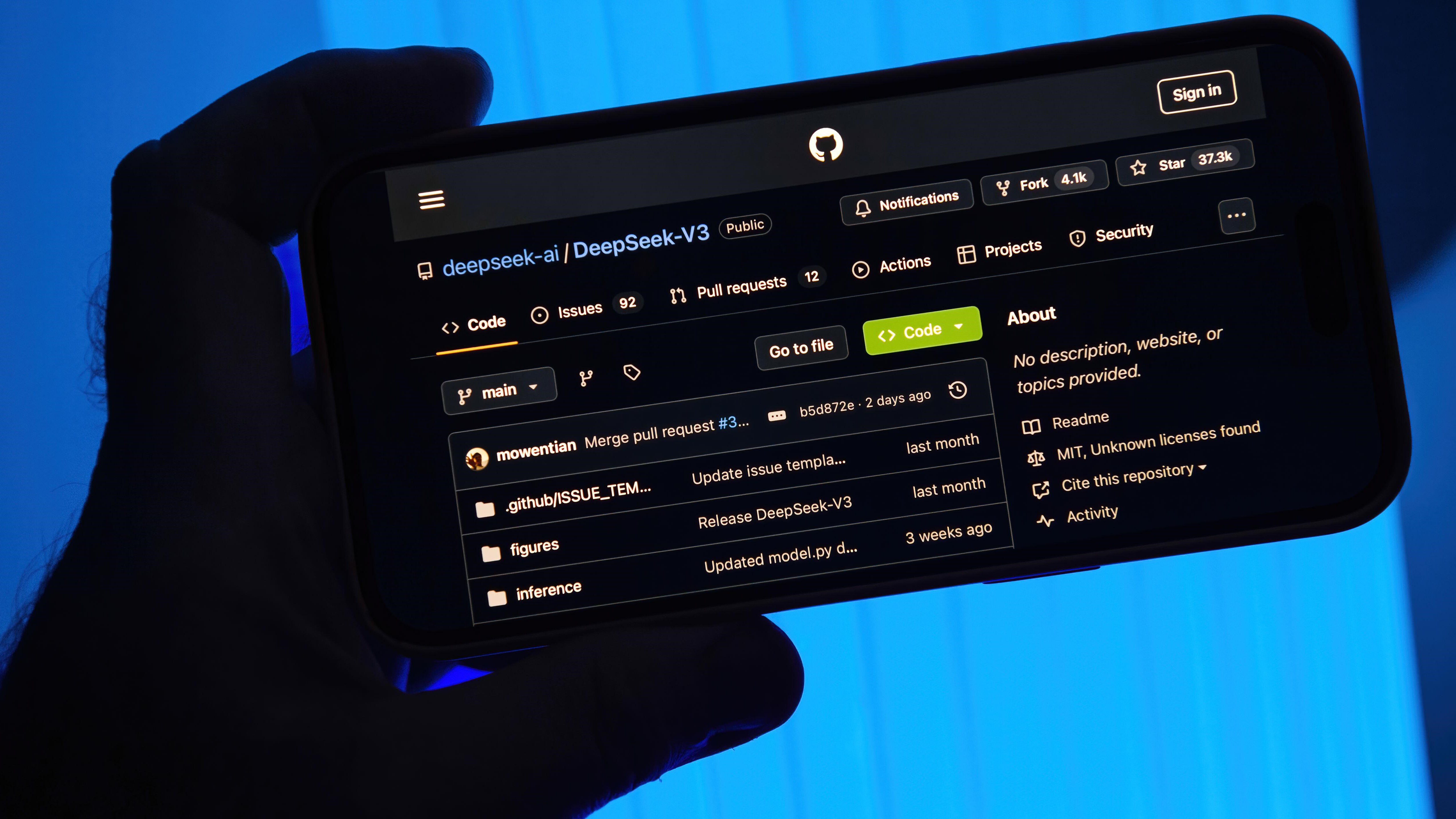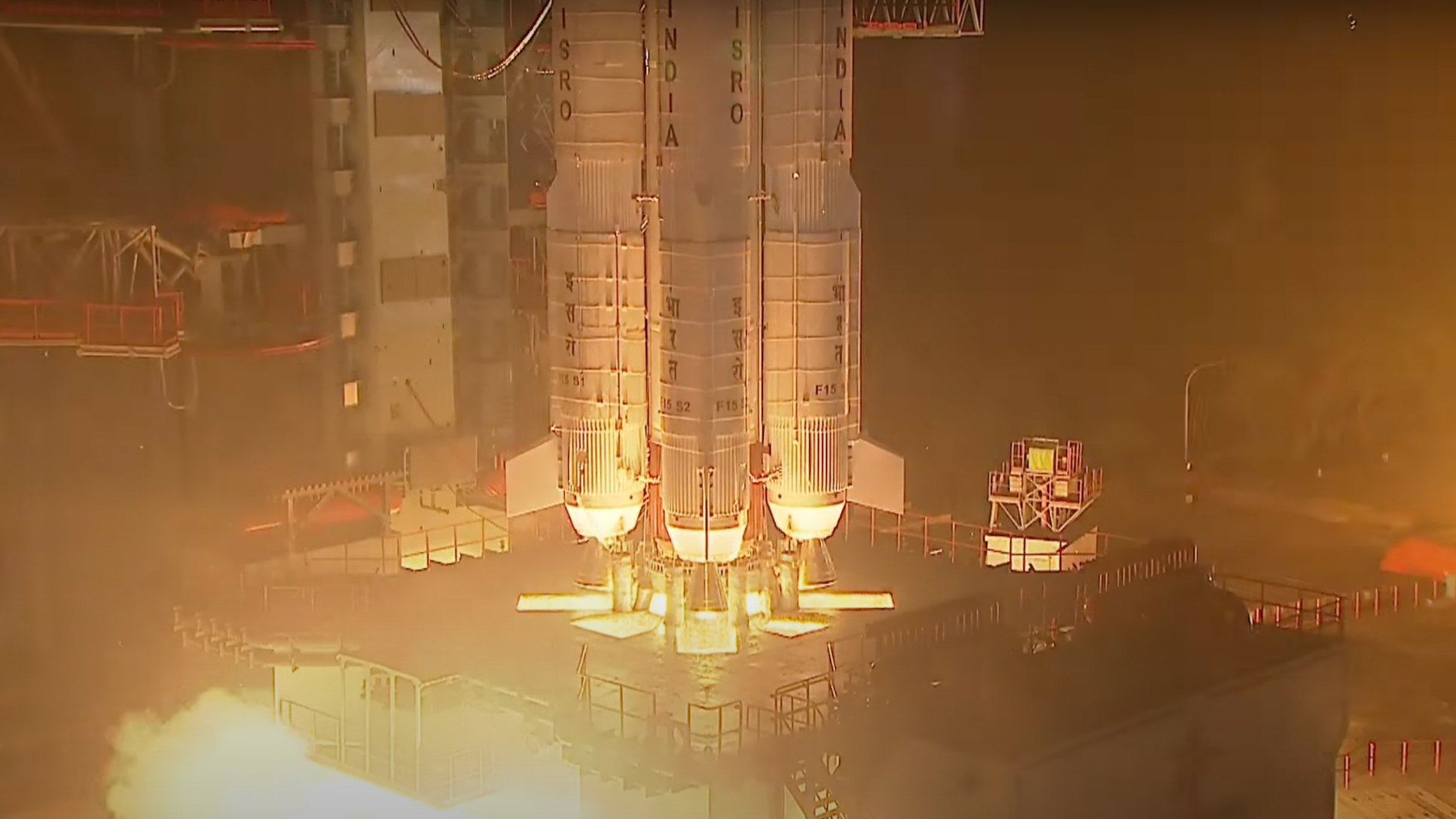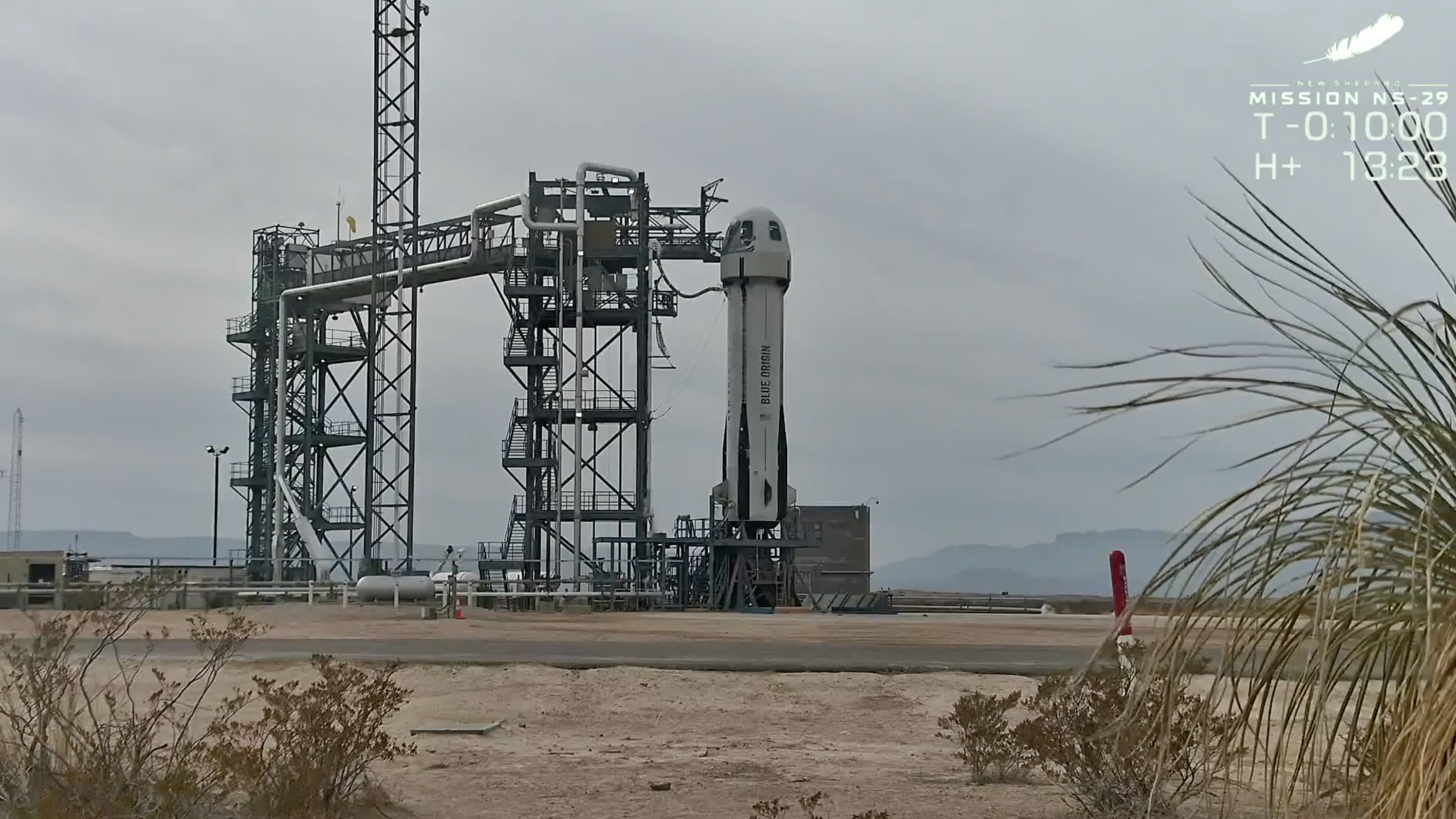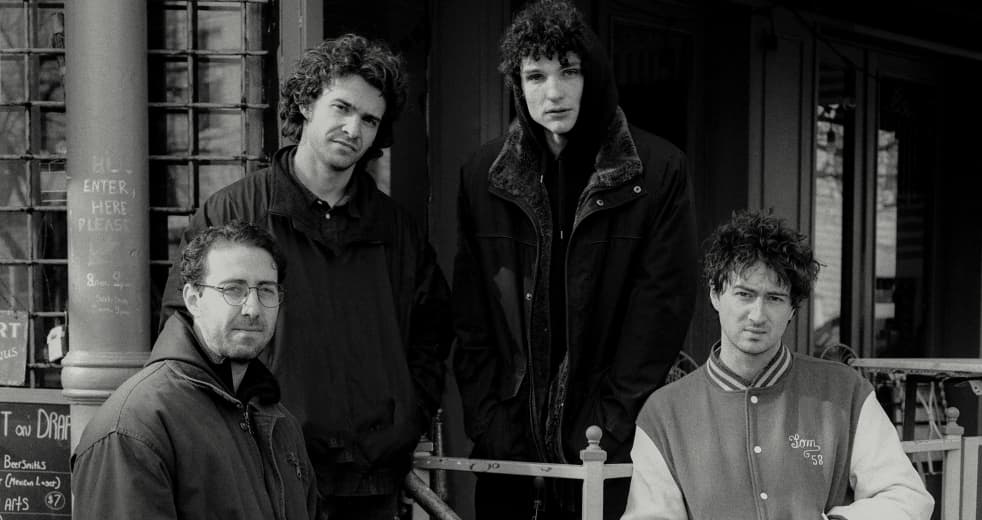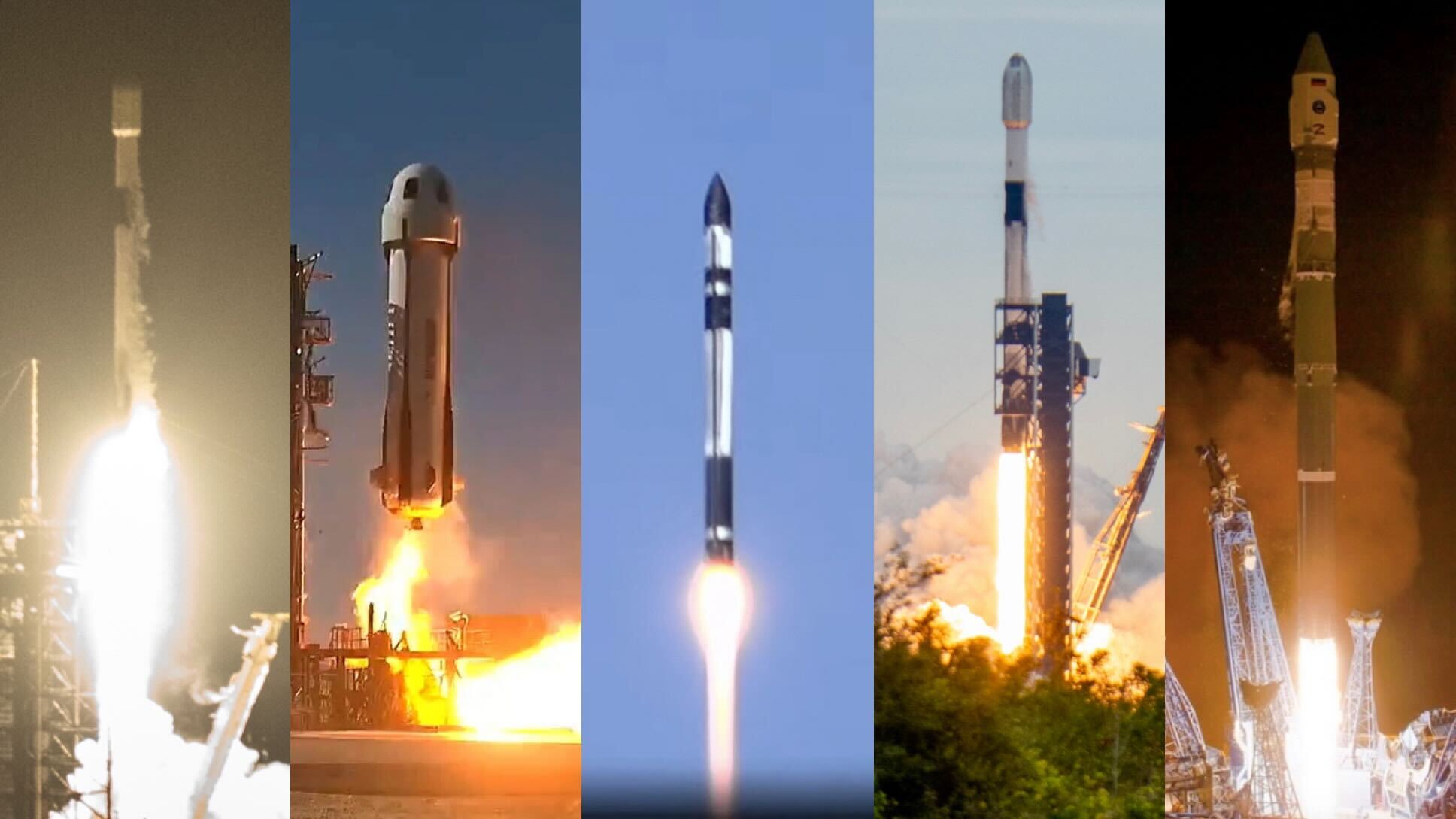SETI Researchers Double-Checked 1 Million Objects for Signs of Alien Signals
We can’t help ourselves but wonder about life elsewhere in the Universe. Any hint of a biosignature or even a faint, technosignature-like event wrests our attention away from our tumultuous daily affairs. In 1984, our wistful quest took concrete form as SETI, the Search for Extraterrestrial Intelligence. Unfortunately, or maybe fortunately, SETI has turned up … Continue reading "SETI Researchers Double-Checked 1 Million Objects for Signs of Alien Signals" The post SETI Researchers Double-Checked 1 Million Objects for Signs of Alien Signals appeared first on Universe Today.

We can’t help ourselves but wonder about life elsewhere in the Universe. Any hint of a biosignature or even a faint, technosignature-like event wrests our attention away from our tumultuous daily affairs. In 1984, our wistful quest took concrete form as SETI, the Search for Extraterrestrial Intelligence.
Unfortunately, or maybe fortunately, SETI has turned up nothing. Recently, scientists used a powerful new data system to re-examine data from one million cosmic objects and still came up empty-handed. Did they learn anything from this attempt?
This effort used COSMIC, which stands for Commensal Open-Source Multimode Interferometer Cluster. It’s a signal-processing and algorithm system attached to the Karl G. Jansky Very Large Array (VLA) radio astronomy observatory. According to SETI, it’s designed to “search for signals throughout the Galaxy consistent with our understanding of artificial radio emissions. “
Modern astronomy generates vast volumes of data and algorithms and automated processing are needed to comb through it all. So far, COSMIC has observed more than 950,000 objects, and the results of the effort are in a new paper. It’s titled “COSMIC’s Large-Scale Search for Technosignatures during the VLA sky Survey: Survey Description and First Results” and will be published in The Astronomical Journal. The lead author is Chenoa Tremblay from SETI.

“The place of humanity in the Universe and the existence of life is one of the most profound and widespread questions in astronomy and society in general,” the authors write. “Throughout history, humans have marvelled at the starry night sky.”
In our modern technological age, we marvel not only with our eyes but with powerful telescopes. The Karl G. Jansky Array is one of those telescopes, though it’s actually 28 radio dishes working together as an interferometer. Each one is 25 meters across, and they’re all mounted on movable bases that are maneuvered around railway tracks. This gives the system the ability to change its radius and density so it can balance its angular resolution and its sensitivity.
The Array is used to observe astronomical objects like quasars, pulsars, supernova remnants, and black holes. It’s also used to search trillions of systems quickly for signs of radio transmissions.
Currently, the VLA is engaged in the VLA Sky Survey (VLASS), a long-term effort to detect transient radio signals in the entire visible sky. The elegance of the COSMIC system is that it can “tag along” as VLASS progresses. “COSMIC was designed to provide an autonomous real-time pipeline for observing and processing data for one of the largest experiments in the search for extraterrestrial intelligence to date,” the authors write.
One of the problems facing modern astronomy is the deluge of data. There aren’t enough astronomers or students to possibly manage it. “The idea is that we are receiving increasing quantities of data that must be sorted in new ways in order to find information of scientific interest,” the authors write. “Developing algorithms to search through data efficiently is a challenging part of searching for signs of technology beyond our solar system.”

COSMIC is a digital signal processing pipeline that VLASS data flows through. It searches for signals that display temporal and spectral characteristics consistent with our idea of what an artificial technological signal would look like.
The sky is full of radio signals from astrophysical objects. In order for a signal to be considered a technosignature, it needs to be a narrowband signal, and its frequency should change over time as a result of the Doppler effect. That still leaves potentially millions of hits. Researchers are forced to make other assumptions about what might constitute a technosignature, and COSMIC filters through signals based on those assumptions. “In this pipeline, extraterrestrial technosignatures are characterized by a set of assumptions and conditions that, if not met, are used to eliminate hits that do not meet these assumptions,” Tremblay and her co-authors write. “The output of this search is a database of “hits” and small cutouts of the phase-corrected voltage data for each antenna around the hits called “postage stamps.”
COSMIC examined more than 950 million objects in space for technosignatures and found nothing. But that’s okay. SETI scientists still learned things from the effort by testing their system.
“As shown in Though COSMIC has observed almost 1 million sources, researchers focused on a small subset to rigorously test the postprocessing system. In a test field of 30 minutes of data, they searched toward 511 stars from the Gaia catalogue. “In this search, no potential technosignatures were identified,” the authors write.
However, this is just the beginning and constitutes a successful test of the system. Future efforts with COSMIC will be both faster and more automated, which is necessary to manage the vast volume of data in modern astronomy.
“This work overall represents an important milestone in our search,” the authors write in their paper’s conclusion. “With the rapidly growing database, we need new methods for sorting through the data, and this paper describes a rapid and viable filtering mechanism.”
The post SETI Researchers Double-Checked 1 Million Objects for Signs of Alien Signals appeared first on Universe Today. 
frequencies below 4 GHz (S-band), and the blue points are from data collected above 4 GHz (C-band). Image Credit: Tremblay et al. 2025.













